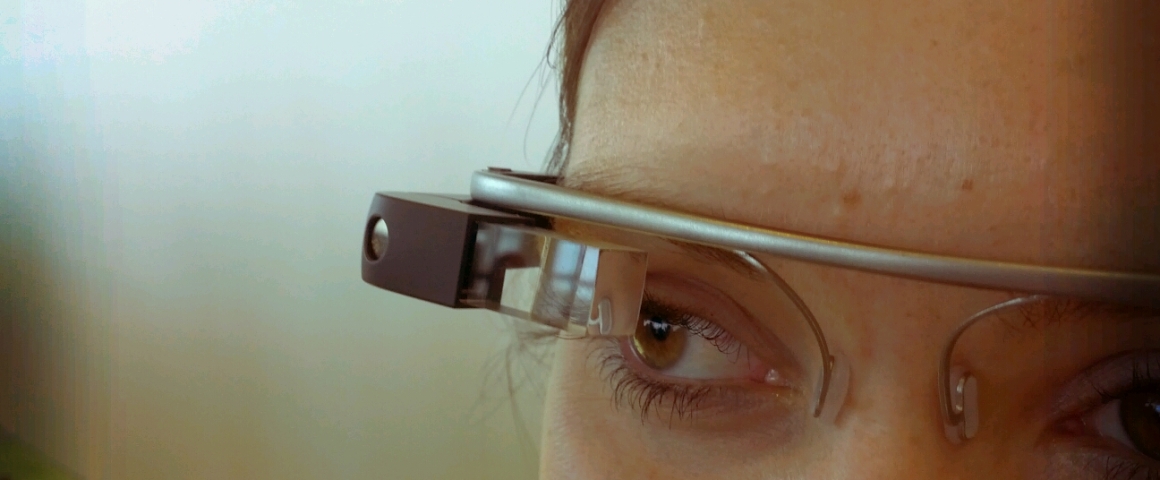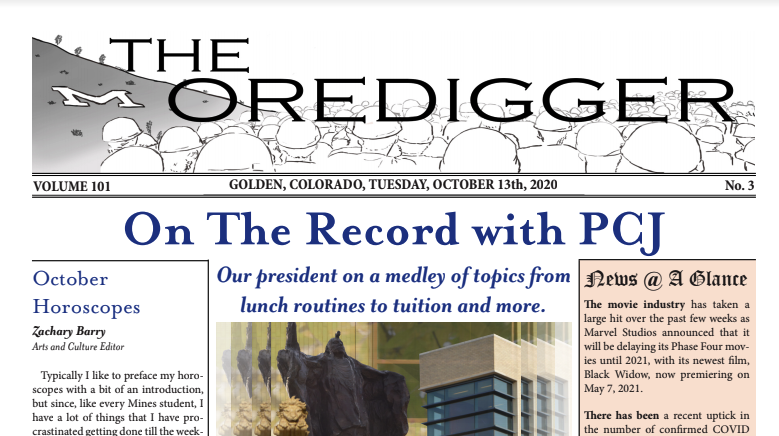The challenge of being able to give Google Glass a dispassionate and objective review is a Sisyphean task, as soon as analytical descriptions come to mind, they are instantaneously inflated with florid emotions. As the emotion is removed, what makes Google Glass so special is also removed, so the whole cycle starts over again. When Glass was first demoed in 2012, the hype surrounding the upcoming product was nearly fanatical within tech communities. Like all new technology, dreams of upcoming release dates were broken and anticipated costs kept rising to levels above and beyond the typical cost of anything but the most luxurious budget breaking products. With costs soaring to $1500 by the start of the Glass Explorer program’s commencement, it almost appeared as though, what was viewed as a simple Heads Up Display (HUD), may forever be outside the realm of the normal consumer. Since Glass still remains at this absurd cost, the question of whether or not the technology is worth the cost depends highly on “how much do you have to spend?”
Enough of history and monetary philosophy though, the true importance of any technology lies in how it actually functions. The short answer is splendidly, the long answer is a tad bit more complicated. The first question that needs answering is usually the first on peoples minds: How does it look and feel? This is best answered through an analogy; imagine you are walking along and need to find out what the weather is going to be like. You tilt your head up for a second and like magic, a television screen appears floating somewhere on the right side of your vision. It is far enough away to not feel crowded by it, but it is near enough to still see it clearly. The screen is mostly translucent so anything behind it can still be seen and the screen can be focused through to focus on what is behind it. In sunny conditions the screen can be a bit wiped out and in the dark it can be slightly overbearing. Still the resolution can be amazing if it is calibrated correctly and the experience of being able to have a simple heads up display is unparalleled for the average human.
There is an important addendum to how it looks and feels. For those who are rather shy, Glass can have a very steep learning curve. Most of the basic functions can be used without using voice commands; pictures and videos can be taken with only the slightest touch; messages are visible without any sort of vocal acknowledgement. Beyond that, Glass users have to face the reality that they must talk or only bring out a minor fraction of the power of the device. The difficulty comes in through interfacing with the device seamlessly. It takes more than a few hours of use to understand the touch commands fully and even longer to bring out the full power of the device.
The major setbacks facing Glass are tragic in that they are driven by what makes the device most appealing. In exchange for the light weight, batteries have been reduced; during full use Glass has a very brief lifespan. Learning to reduce the use of the device is part of the learning curve. It is almost guaranteed that the battery life will increase as the product approaches full market release. Another huge setback is simply the time it takes to become acclimated to Glass. Most users have recommended limiting use to around an hour a day for the first week or so. Finally, under fairly heavy use the device also heats up a bit, this is not too dramatic, but it can make extended use fairly uncomfortable.
So back to the point brought up in the first few sentences of the review. Beyond the objective analysis, lies the emotion of the device. Glass really stands out as a unique technology. Imagine the jump between old fashioned flip phones and modern smartphones. That difference feels the same between smartphones and Glass. The true power of the device is the hands-free nature which it promotes. As this article was written, instead of spending time flipping between websites, some of the research was done by voice commands. It is truly a liberating experience. Experiences like cooking are greatly improved, gone are the days of ruining cookbooks with fairly volatile sauces. In this era of smartphones and tablets, being able to keep your head up is a lost experience as backs are becoming progressively more hunched.
When the technology finally becomes available to the mass market, hopefully the price will be much more reasonable. If this proves to be the case it will be easy to declare that it is worth the funds it would cost. For now though, it is effectively a quasi-mystical technology.




'“Okay Glass, you are more than okay”' has no comments
Be the first to comment this post!